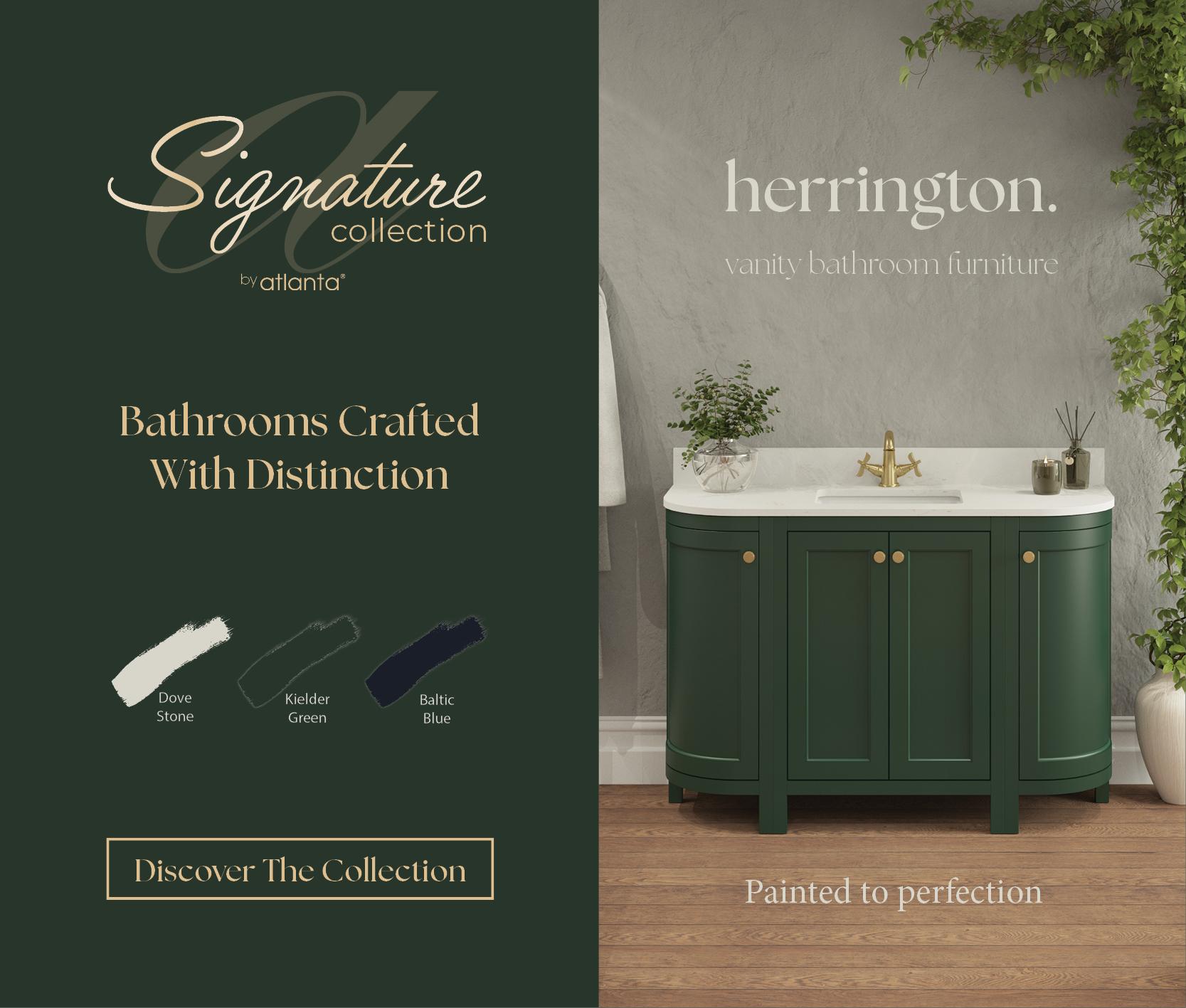How built-in baths offer plenty of ways to create a statement design
Wed 11th Aug 2021 by Lisa Hibberd
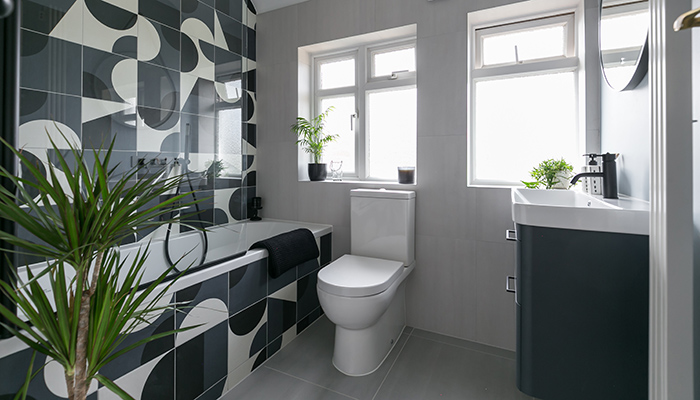
How built-in baths offer plenty of ways to create a statement design
While freestanding tubs have been high on the consumer wish list for some time, built-in and back-to-wall designs are starting to enjoy something of a resurgence, with many manufacturers reporting a recent increase in sales. Lisa Hibberd gets the low-down from some key players.
“When people think of luxury bathrooms they quite often envisage a freestanding bath as part of the mix,” says Ben Bryden, sales and marketing director for RAK Ceramics UK. “The built-in bath, however, can be just as luxurious and spa-worthy. There are lots of reasons why the built-in bath is currently so popular, including the practical advantages this option offers. The chances of splashing and spillages are reduced, so it’s ideal when there are small children and even pets to be bathed, and because it fits flush to the wall it’s a great space-saver too. Our bathrooms tend to be getting smaller rather than bigger, so a fitted design offers consumers the opportunity to create a hotel-inspired aesthetic even in a quite compact space.”
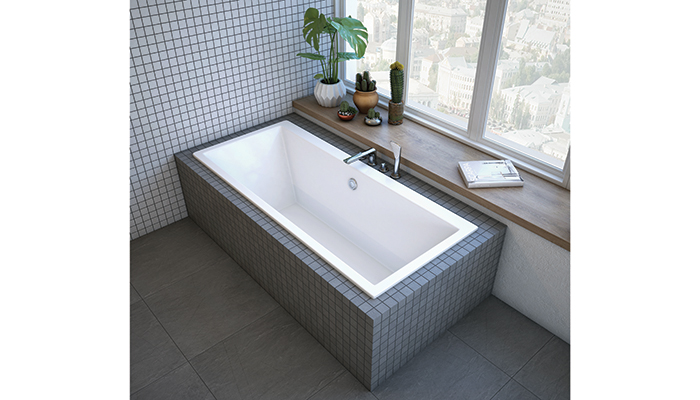

Richard Eaton, bathroom product manager for PJH Group, adds: “Such is the technological advancement and innovation in acrylic bath manufacture, that baths can now be crafted into all sorts of shapes, whilst also remaining streamlined, design-led, compact and highly durable. The classic roll-top bath has evolved substantially in recent years into space-saving and practical designs that no longer require a grand bathroom and a central room location.”
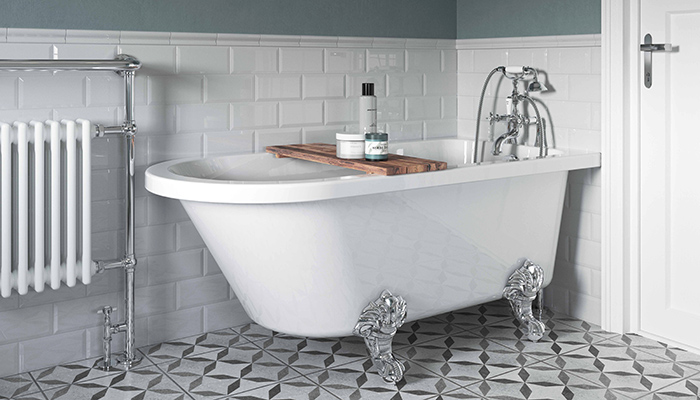
Many ‘hybrid’ options such as back-to-wall and corner solutions for the typical space-challenged bathroom are now widely available in the freestanding bath category. These allow consumers to achieve the look of a statement tub but with the practical benefits of a built-in design, explains Bart Sobieszczanski, general manager and senior designer at Ideal Standard. “An elegant built-in bath can be a great compromise in smaller bathrooms, leaving more room for accessories and furniture, and resulting in a more comfortable bathroom. Built-in baths are also much easier to keep clean, as you don’t have to reach behind or underneath them, which can often prove to be tricky and tedious, especially in smaller rooms.”
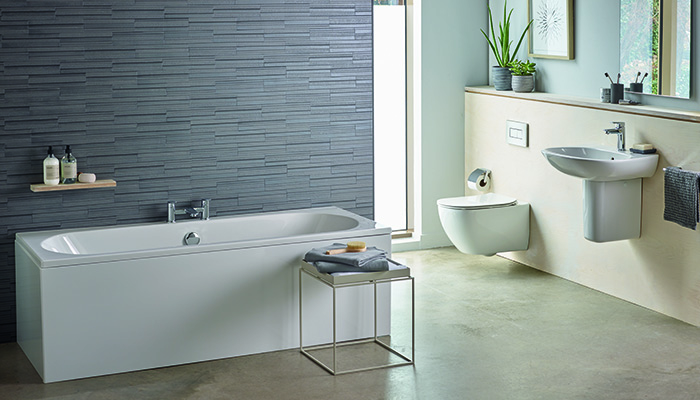


Martin Carroll, MD of Duravit UK, agrees that space is an important issue in many of today’s bathrooms. “In new-builds, refurbishments and conversions, space is often a key consideration, and a built-in bath can be a stylish space-saving option,” he says. “This can then enable the designer to add additional elements such as a double vanity or walk in shower.”

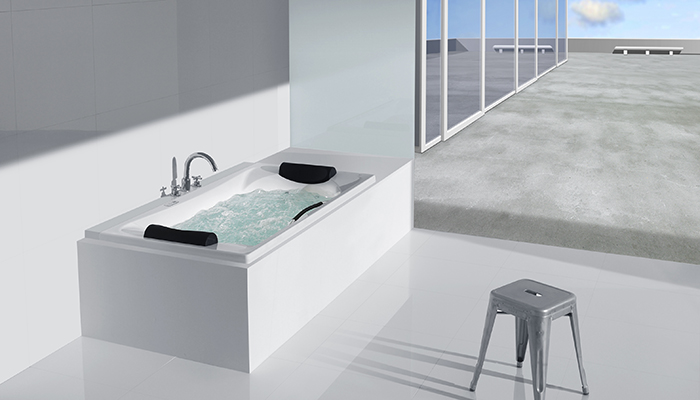
As well as being a practical solution for smaller spaces, built-in or hybrid bath designs offer plenty of opportunities for customisation. Barrie Cutchie, design director for BC Designs, comments: “Bath panel tiling is exactly what it says on the tin; it is adding tiles to the side of your bath, whether in the same or contrasting style as the rest of your bathroom. The process involves using specialist tile backing board which won't warp and requires a bit more effort than using standard bath panels, but it is often worth the extra effort.” Many bath manufactures now offer specialist bath panel boards which can make the process a lot easier as the panels can take the extra weight of the tiles with minimal fuss. “It doesn’t just have to be tiles either, as there are plenty of other options.” he adds. “Panelling is still a popular trend in interiors, and this too can be used to jazz up a bath panel.”
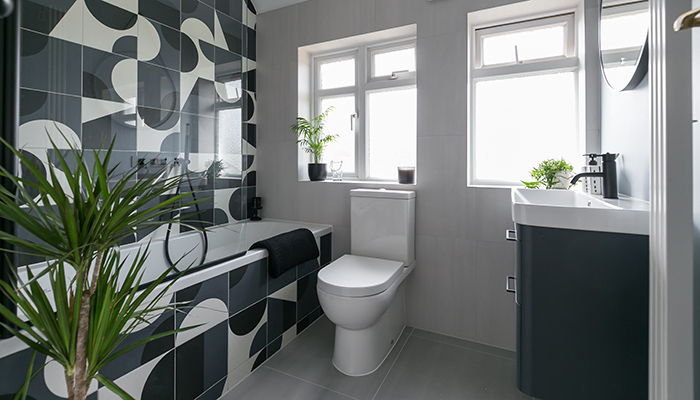
The average bathroom has an area of only around eight square metres. This limited space, combined with awkward angles and alcoves, can present challenges. Adam Teal, head of sales for Kaldewei UK, suggests that designers use this as an opportunity. “Limited space doesn’t have to be a problem – an attic bathroom, for example, can be stunning and the perfect place for a Kaldewei enamelled bath is under the eaves – the ideal bathing area. Alcoves also offer a great opportunity to create more shelf space in the bathroom.”
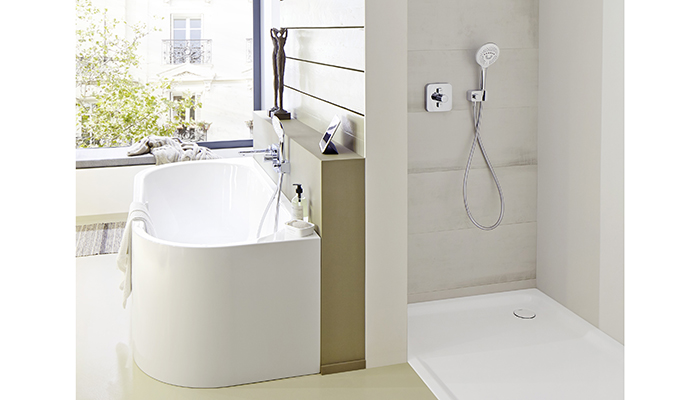
Tags: bathrooms, features, built-in baths, back-to-wall baths, rak ceramics, waters baths of ashbourne, pjh, ideal standard, burlington, bette, duravit, roca, bc designs, kaldewei
Sign up to our newsletter
Crown Imperial – 5 ‘must have’ kitchen trends for 2026
Sun 21st Dec 2025









